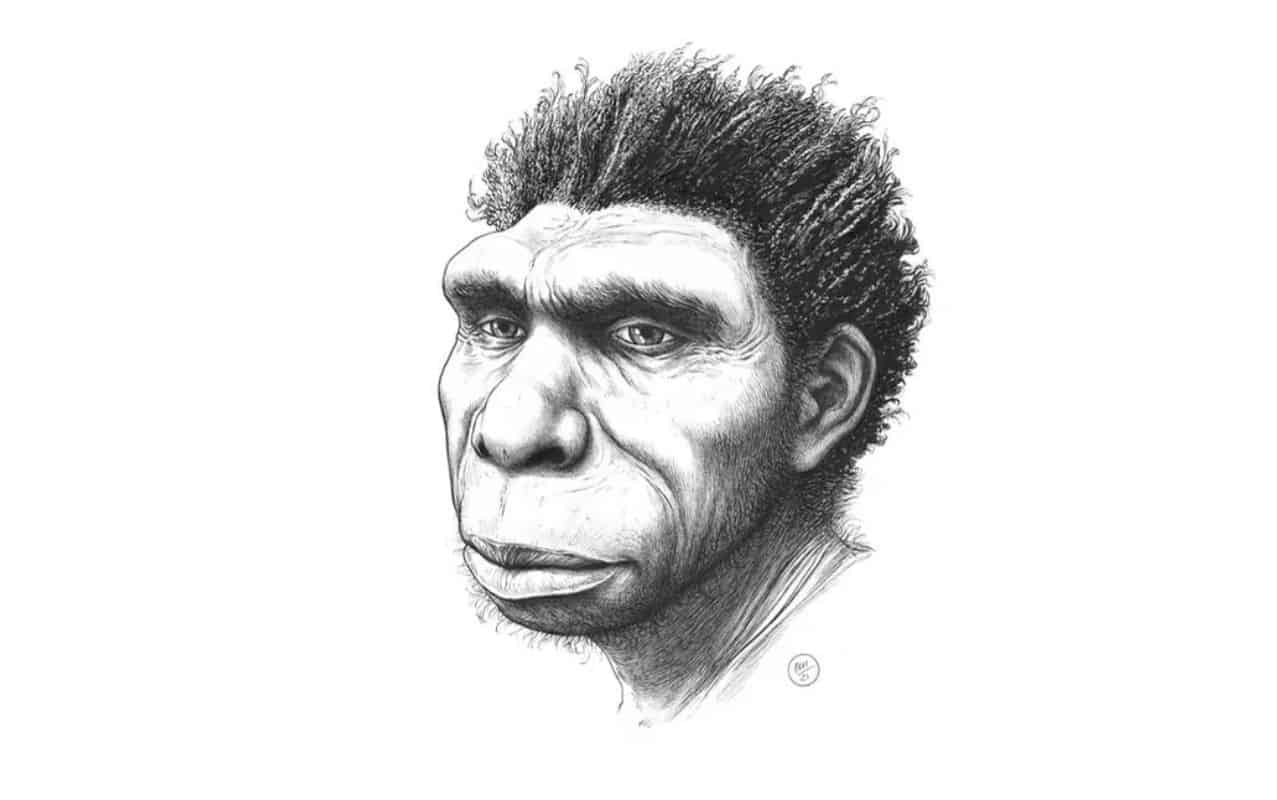It is a new denomination, proposed to undo the ‘Gordian knot’ of human species during the Middle Pleistocene
An international team of researchers, led by paleoanthropologist Mirjana Roksandic of the University of Winnipeg, has announced the naming of a new species of human ancestor, Homo bodoensis.
The species lived in Africa during the Middle Pleistocene, about half a million years ago, and is a direct ancestor of modern humans.
The work is published in ‘Evolutionary Anthropology Issues News and Reviews’.
The Middle Pleistocene (now renamed Chibanian, between 774,000 and 129,000 years ago) is important in the evolutionary history of Homo sapiens because it saw the emergence of both our species in Africa, as well as that of our closest relatives and the Neanderthals (Homo neanderthalensis) in Europe.
However, human evolution during this period is little known, a problem which paleoanthropologists refer to as ” the mess in the middle ” (a pun in English, “the muddle in the middle”). The Homo bodoensis announcement is intended to bring some clarity to this puzzling, but important, chapter in our evolution.
The new name is based on a reassessment of existing fossils from Africa and Eurasia during this time period. Traditionally, these fossils have been variably assigned to Homo heidelbergensis or Homo rhodesiensis, both of which have multiple, often contradictory definitions.
“Talking about human evolution during this time period,” says Mirjana Roksandic, lead author of the study, “became impossible due to the lack of proper terminology that acknowledges human geographic variation.”
Redundant naming
Recently, DNA evidence has shown that some fossils in Europe dubbed Homo heidelbergensis were actually the first Neanderthals, making the naming redundant. For the same reason, the authors believe that name should be dropped when describing fossil humans from East Asia.
To further confuse matters, African fossils dating from this period have been named both Homo heidelbergensis and Homo rhodesiensis, although the latter is not well defined and the term has never been widely accepted due in part to its association with Cecil Rhodes and the horrendous crimes committed during colonial rule in Africa. An ‘honor’, then, unacceptable in light of the important work being done to decolonize science.
The name ‘bodoensis’, however, derives from a skull found in Bodo D’ar, Ethiopia, and the new species is understood to be a direct human ancestor. According to the new classification, Homo bodoensis will describe most humans from the Middle Pleistocene of Africa and some from Southeastern Europe, while many from the latter continent will be reclassified as Neanderthals.
Predrag Radović , from the University of Belgrade, in Serbia and co-first author of the study, believes that “the terms should be clear in science, to facilitate communication. They should not be treated as absolute when they contradict the fossil record”.
The introduction of Homo bodoensis aims, in the words of another author, Christopher Bae of the University of Hawaii at Manoa, “to cut the Gordian knot and allow us to communicate clearly about this important period in human evolution.”
Something with which Roksandic strongly agrees: “Naming a new species – he says – is a big problem, since the International Commission on Zoological Nomenclature allows name changes only under very strictly defined rules. We trust that it will last for a long time. A new taxon name will live only if other researchers use it.”
You were reading: Homo bodoensis, a new human species to bring order out of chaos
